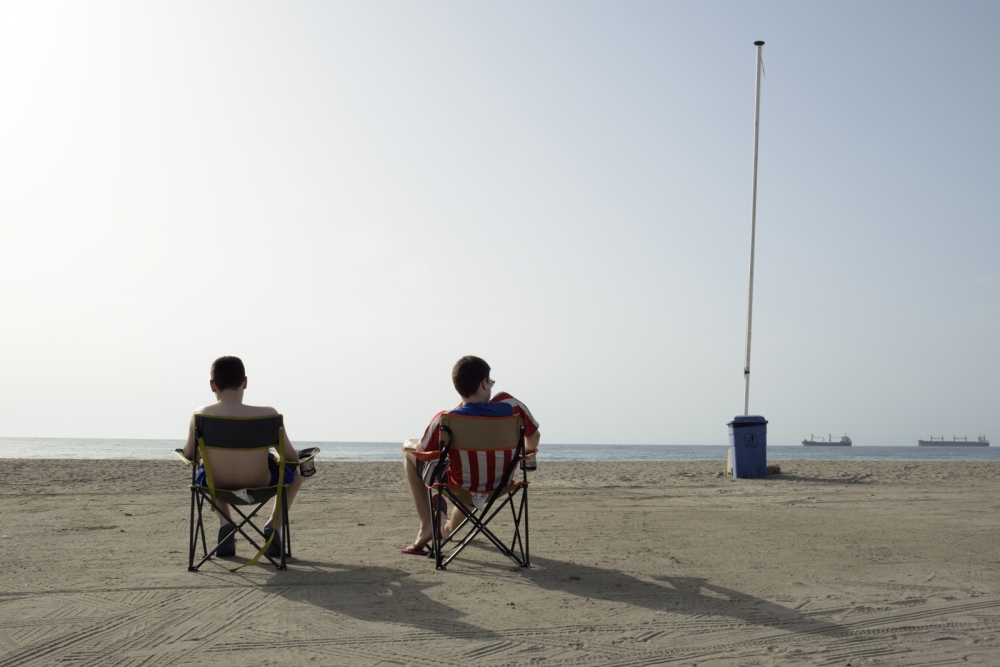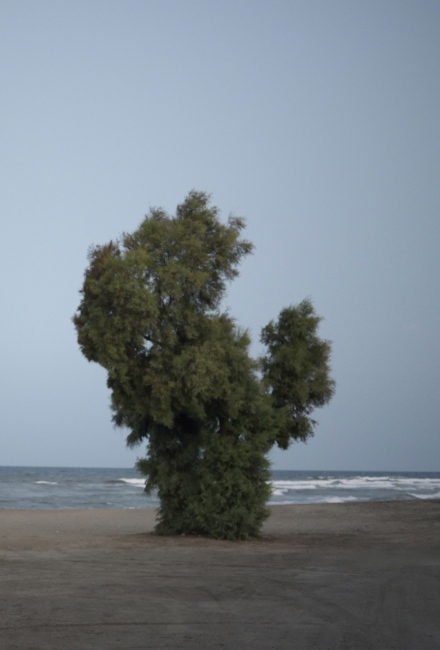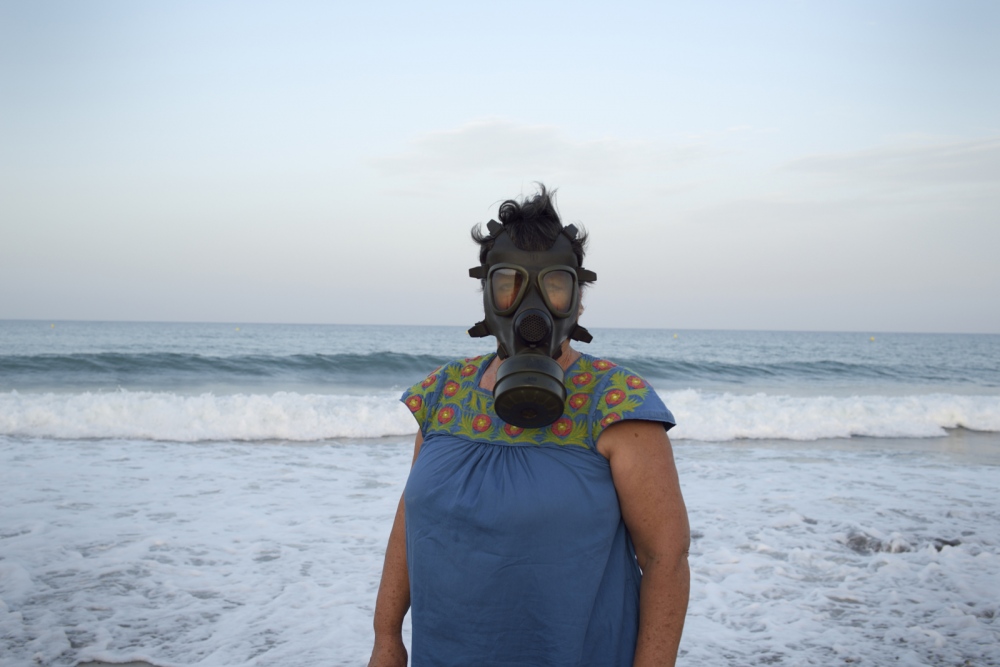More than fifty years after Palomares (Almeria, Spain) nuclear disaster there are still many doubts about the official version; classified documents, secrecy and silence make it very difficult to know what steps were taken and the impact on the area and population. To date, Center for Energy Environment and Technology (CIEMAT) performs periodic analyzes to 150 inhabitants of the village of Palomares (Indalo Project).
<<FIFTY YEARS LIVING WITH PLUTONIUM>>
In the accident (1966) nuclear fuel has spread for more than 266 hectares, radioactive compounds of alpha category do not penetrate the skin but those are harmful if inhaled or swallowed (aerosols attached to land and airborne dust). For someones the most important catastrophe in history with nuclear weapons (the four bombs carried mostly Plutonium [Pu], with an expectance of 80 million years). The efforts of some people allow us today to move towards more knowledge of what happened there, in one of the most obscure and unknown events of the Spanish dictatorship during the Cold War.











